Do Repairs Help Your Roof Last Longer?
Trying to decide between getting a roof repair or a roof replacement can get pretty tricky, especially if you’re close to needing a full roof...
Are you getting a new roof? Or has your roof been around a while?
Either way, you should know how long your roof is supposed to last, and how close you are to needing a roof replacement. This is easier said than done, and though there are a few indicators that can tell you your roof’s age, it’s always a good reference to know how long it should be lasting.
Here in North Carolina, we get ALL kinds of weather, which can put some strain on your roof.
In this article, we’ll break down:
Alright, let’s get into it!
When discussing a roof's lifespan, the pivotal factor to consider is its material. Particularly in North Carolina, and notably in the Raleigh area, asphalt shingle roofs dominate the choices for new construction projects and roof replacements. Within the realm of asphalt shingles, it's crucial to acquaint yourself with three primary types, each distinguished by its appearance, cost, and durability: 3-Tab, Architectural, and Luxury.
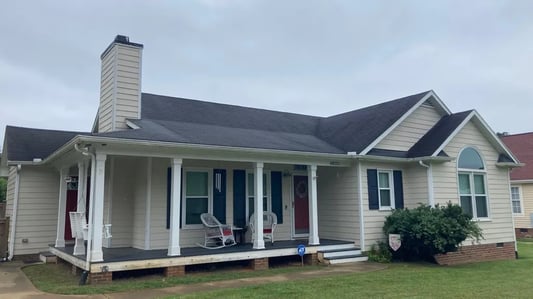
3-Tab shingles find widespread use in new-construction homes and boast the most affordable price tag among asphalt shingle options. However, it's worth noting that their lifespan is comparatively shorter than other asphalt shingles. Characterized by their single-ply design, 3-Tab shingles are slightly thinner, which does impact their durability. Assuming proper maintenance, a 3-Tab Shingle roof can endure for approximately 15 to 20 years. For optimal safety, we would advise considering a replacement around the 15-year threshold.
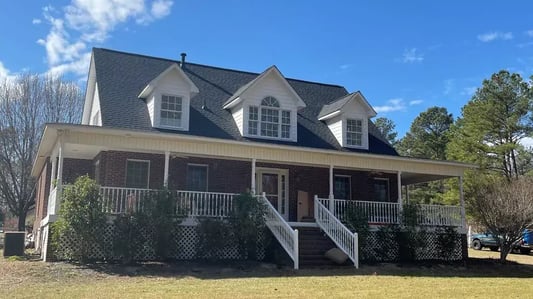
Over the past few decades, architectural shingles have emerged as the predominant roofing material in the United States. While they were once notably pricier than 3-tabs, the price gap has diminished in recent times, prompting an increasing number of individuals to opt for architectural shingles. Distinguished by their two-ply design, these shingles are significantly thicker and more robust than their 3-tab counterparts. This enhanced structure contributes to their longevity, extending their lifespan to approximately 30 years.
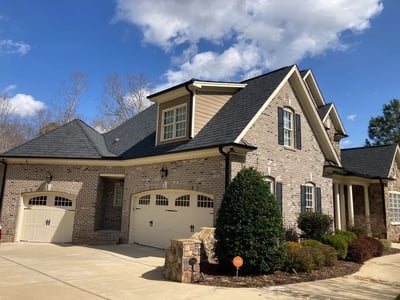
At the upper echelon of both cost and durability, we have Luxury shingles. These shingles boast a considerable weight, surpassing even the heft of architectural shingles. Consequently, their vulnerability to damage caused by wind and weather is notably diminished. This increased resilience implies that significant repairs may not be necessary until you approach the later stages of the roof's lifespan. Expect Luxury shingles to endure for approximately 30 years, with the potential to extend well beyond that timeframe under favorable conditions.
While asphalt roofs undoubtedly dominate the roofing landscape in North Carolina, the state's diverse geography and fluctuating weather patterns have led to the presence of various other roofing types. Following closely behind asphalt, metal roofs secure the position of the second most prevalent roofing choice. Wood and tile roofs complete the roster of alternatives.
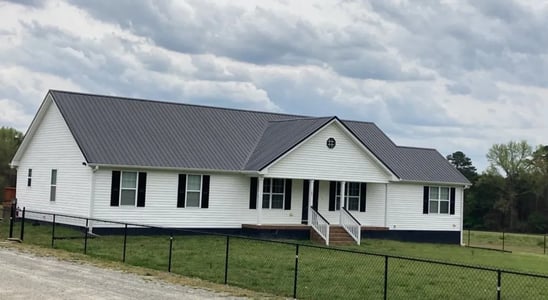
When it comes to metal roofs, you're likely familiar with two primary types: standing-seam and screw-down panel roofs. Among these, standing-seam roofs emerge as a long-lasting roofing solution, boasting one of the most extended lifespans, approximately 50 years under favorable conditions, and potentially even more. Conversely, screw-down panels don't enjoy the same longevity, particularly when installed over heated spaces like residential homes.
The distinction lies in the way metal responds to temperature fluctuations. Metal naturally expands and contracts as it experiences heating and cooling cycles. In the case of screw-down panels, they are affixed to the roof's frame, restraining the metal's free movement. Over time, this restraint causes the screws to loosen from their positions, breaking the seals and eventually leading to leaks. Due to these inherent durability concerns, screw-down panels are generally not recommended for residential homes.
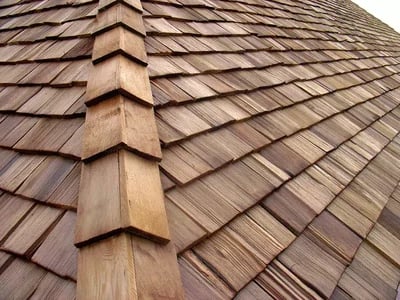
Utilizing wood for roofing primarily involves two distinct forms: wood shake and wood shingles. The primary contrast between these lies in their appearance. Wood shakes exude a more natural and rustic aesthetic as they are hand-split, while wood shingles are machine-cut, resulting in a smoother appearance. Both wood shake and shingle roofs can be expected to endure for approximately 30 years under favorable conditions.
However, it's worth noting that wood roofs demand consistent and diligent maintenance. This necessity arises from their relatively lower weather resistance compared to other roofing materials. Additionally, wood roofs are particularly vulnerable to fire damage, which requires homeowners to take extra precautions to ensure safety. Despite their charming and authentic look, the trade-off for wood roofs lies in the maintenance effort they demand to preserve their integrity over time.
Slate tiles arguably stand as one of the most durable roofing materials on the market, at least on paper. These individual tiles boast an impressive lifespan of approximately a century, and they exhibit remarkable resilience against various weather conditions. However, it's essential to acknowledge that the robustness of slate tiles comes with a caveat. If your existing roofing system isn't structurally designed to support the considerable weight of slate, you inadvertently amplify the risk of a potential roof collapse down the line.
Conversely, ceramic tiles offer a lighter alternative compared to slate. With proper maintenance and ideal circumstances, ceramic tiles can endure for a span of 50 to 70 years. Despite their relatively longer lifespan, ceramic tiles are not as prevalent in North Carolina due to the region's fluctuating weather patterns and consistent rainfall. These environmental factors contribute to a faster rate of wear and tear on ceramic tiles, ultimately reducing their longevity compared to their estimated lifespan.
Now that you're well-versed in the anticipated lifespans of various roofing materials, it's crucial to delve into the factors that can potentially curtail that longevity. The key determinants that play a pivotal role in influencing a roof's lifespan include proper attic ventilation, the quality of the roof's installation, and the prevailing weather conditions that directly impact your roofing system.
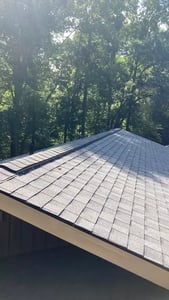
Ensuring optimal attic ventilation stands as a paramount strategy for safeguarding your roof's complete lifespan. A well-ventilated attic serves as a potent defense against potential roofing issues. Inadequate ventilation can precipitate the accumulation of moisture within the attic space, subsequently causing the roof's decking to deteriorate over time, necessitating premature replacement. Moreover, deficient attic ventilation can give rise to the formation of ice dams during winter snowfalls, thereby posing a considerable threat to the integrity of your gutter system and roofing structure. Therefore, prioritizing proper attic ventilation is pivotal in maintaining the longevity of your roof.
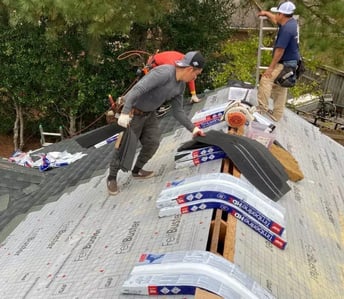
If your roof installation was carried out improperly, it significantly diminishes the prospects of your roof reaching its intended lifespan. Subpar workmanship can usher in a host of predicaments, ranging from leakages to compromised shingles. To delve deeper into the potential issues stemming from improper installation, you can refer to our blog post elaborating on the 5 Causes of Inadequate Roof Installation. The quality of installation plays a pivotal role in determining the longevity of your roof; thus, it's imperative to ensure that the installation process is executed meticulously and professionally.
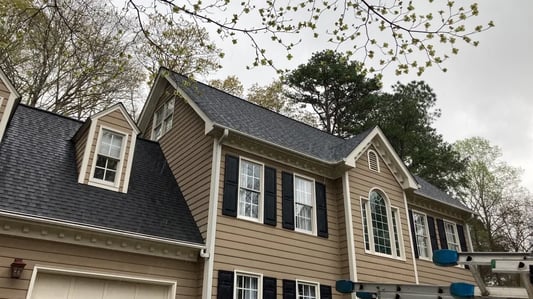
North Carolina experiences a diverse range of weather conditions, subjecting our roofs to a myriad of challenges. Their pivotal role is shielding us from these elements. Asphalt shingles demonstrate commendable weather resistance, contingent on the specific type you opt for. Over time, extended exposure to intense sunlight may gradually degrade them, causing a slight deterioration in the shingle's granular composition due to the effects of wind and rain. It's important to note that this exposure is already accounted for in the shingle's projected lifespan.
However, the impact of severe weather events such as hailstorms, tornadoes, or hurricanes could pose a higher risk of damage. It's worth highlighting that a robustly installed roofing system can typically withstand these challenges, often necessitating only minor repairs to restore it to its prime state. Properly engineered roofing solutions are designed to confront the challenges posed by North Carolina's variable weather patterns, offering homeowners a reassuring level of protection.
After reading this, hopefully you have a better idea of how much life your roof has left in it! If you’re not sure, most quality roofing companies will be able to give you an estimate of how old your roof is through an inspection.
On Tops Roofing has been working with homeowners in Raleigh, NC since 1991, so we’ve seen how all kinds of roofs have held up in our area over the years. Whatever your roof requires, We’re on it!
_WebP.webp)
Trying to decide between getting a roof repair or a roof replacement can get pretty tricky, especially if you’re close to needing a full roof...
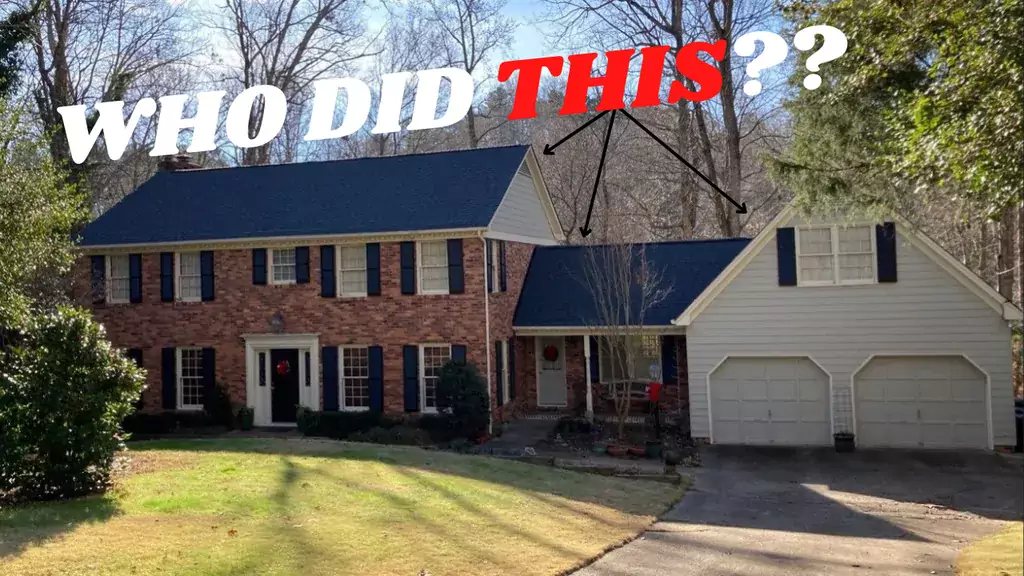
One of the most common complaints that homeowners have about the roofing industry, is that they feel like roofers are shady, or trying to take...
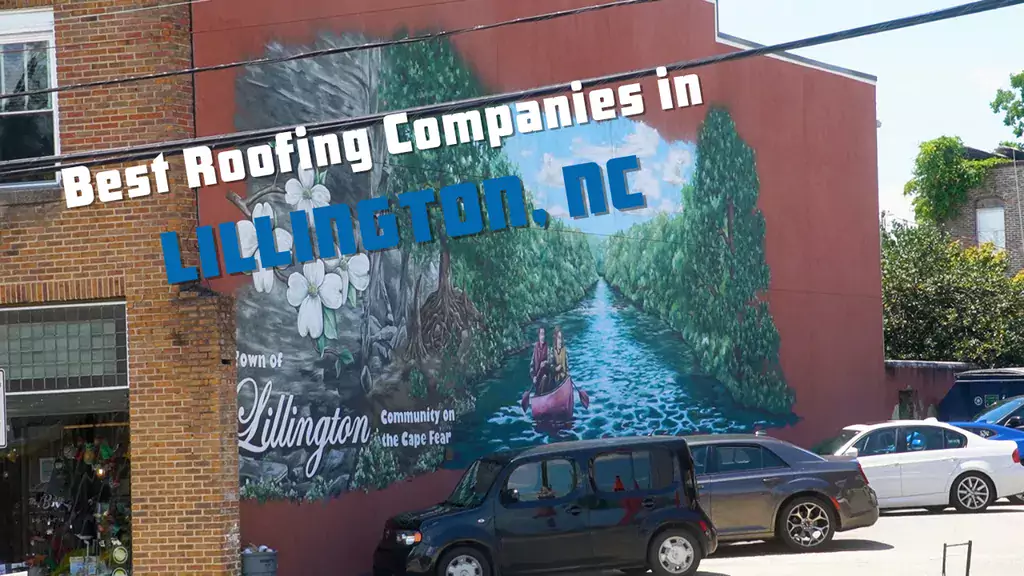
Starting a roofing project can be daunting, but one of the best initial steps you can take is to find a local, reputable contractor that will help...